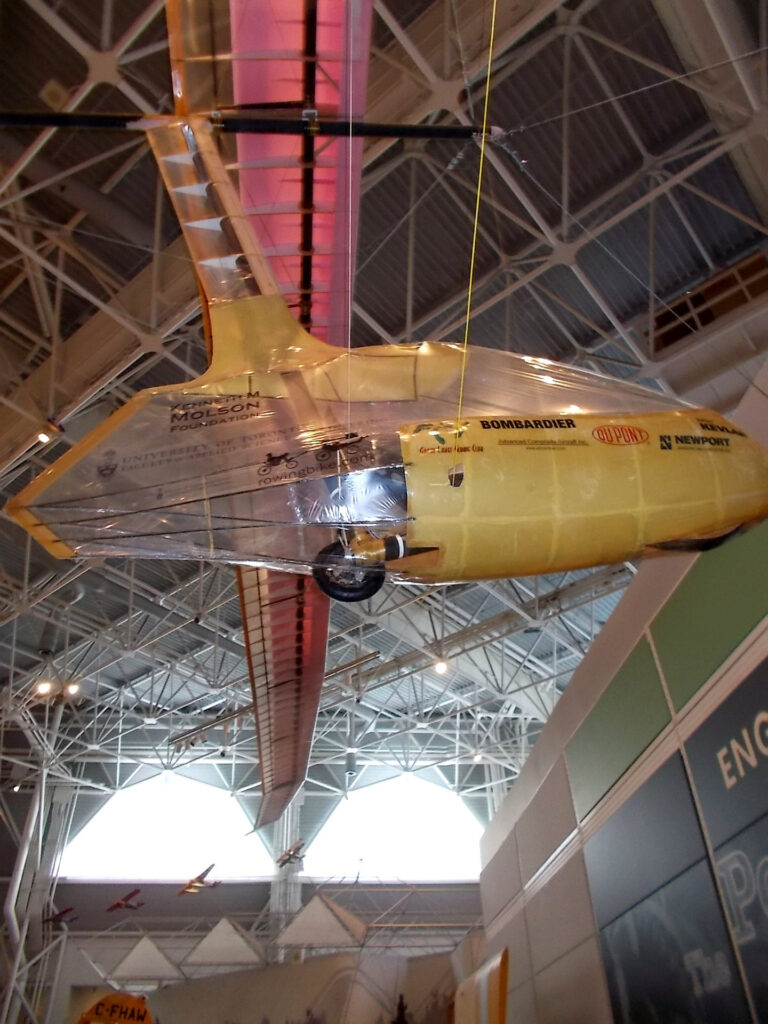Ornithopters: Flight, Fantasy, and Flapping Wings
Have you ever looked up at a bird and thought, “Why can’t we fly like that?” That question has echoed through human history—and led to one of aviation’s most fascinating ideas: the ornithopter.
Unlike traditional airplanes that rely on fixed wings and spinning propellers, ornithopters attempt to mimic nature itself—using flapping wings to achieve lift and thrust. It’s flight with feathers in mind, not fans.
Leonardo’s Lofty Vision

The dream took shape with none other than Leonardo da Vinci. In the late 15th century, da Vinci sketched out a human-powered flying machine with wings over 30 feet wide, made from pine, raw silk, and genius. The pilot would lie face-down, operating a pulley system to flap the wings like a bird.

It was elegant, ambitious… and totally impractical. Even da Vinci realized human strength alone couldn’t make it fly. But the seed of the idea was planted.
Small-Scale Success

Fast forward to the 1800s, when inventors like Alphonse Pénaud and Victor Tatin managed to build rubber-band-powered ornithopters that actually flew—albeit at a very small scale. These toy-like models proved that flapping-wing flight wasn’t just a fantasy; it was physically possible.
Engine Power and Experimental Flight

The 20th century brought a new boost—literally. Engineers like Alexander Lippisch developed engine-powered ornithopters that flew for minutes at a time. Others, like Adalbert Schmid, even attempted human-powered versions. Documentation was spotty, but the pursuit of flapping flight never truly faded.

Then came a breakthrough: in 2010, a Canadian engineering team at the University of Toronto launched the UTIAS Snowbird, a human-powered ornithopter that flew for nearly 20 seconds. It didn’t change aviation, but it proved the concept could work. With a wingspan of 105 feet and a weight of only 95 pounds, the Snowbird carved its name into the history books.
Enter: Science Fiction

If you’re a fan of Dune, you’ve already seen the most famous fictional ornithopters—called “thopters” in Frank Herbert’s universe. These dragonfly-inspired aircraft don’t just fly—they hover, dive, and dart across the brutal deserts of Arrakis. The 2021 film adaptation brought them to life with mechanical, insect-like wings that felt as real as anything in our own world.
They’re not just movie magic—they’re a reflection of what could be, if the mechanics ever catch up to the dream.
Ornithopters Today

Today’s flapping-wing aircraft are getting smaller and smarter. Researchers are developing robotic ornithopters for surveillance and environmental monitoring. They’re quiet, agile, and able to navigate tight spaces—like a bird through the trees.

At the same time, hobbyists are building their own flapping models, some powered by motors, others by sheer determination.
The Bigger Picture
Will ornithopters replace airplanes? Probably not. But they still hold a unique place in aviation’s story. They remind us that flight isn’t just about utility—it’s about curiosity, creativity, and chasing nature’s design.
From da Vinci’s parchment sketches to sci-fi dragonflies, the ornithopter is a symbol of imagination taking wing.
If this kind of story lifts your spirits like a gust under a sparrow, be sure to check out the YouTube video version here and subscribe to the channel for more tales of aviation history and innovation.
Discover more from Buffalo Air-Park
Subscribe to get the latest posts sent to your email.

